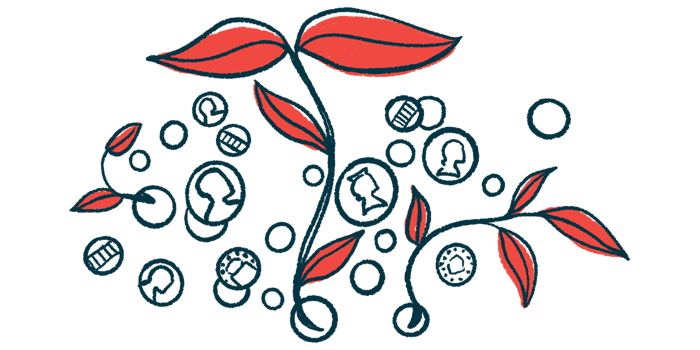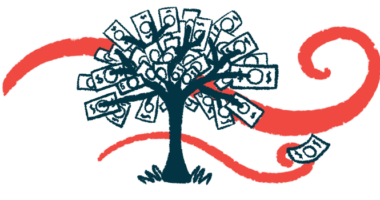ALS Society-Brain Canada grant aids work into protein clumping in ALS
Waterloo university team studying process that misplaces proteins within cells

Researchers at the University of Waterloo will use a CA$125,000 (about $93,000) grant from the ALS Society of Canada and Brain Canada to better understand how proteins become misplaced in cells and build into the toxic clumps that mark amyotrophic lateral sclerosis (ALS).
Led by Dale Martin, PhD, an assistant professor of biology, the team is conducting in-depth studies into fatty acylation, a molecular process in which proteins are tagged with certain fatty molecules so they can be shipped to specific locations within cells. The goal is to find new targets for ALS treatments.
When fatty acylation goes awry, it can ship proteins to destinations other than those intended, making these proteins perform their functions in the wrong place. Problems in fatty acylation also can stop damaged proteins from traveling to cellular disposal sites, causing a toxic buildup that contributes to neurodegeneration.
Martin’s NeurdyPhagy lab has been focusing on understanding how fatty acylation works, and how it might be involved in ALS.
ALS Society, Brain Canada awarded two-year grants to eight research teams
In 2022, Lucia Liao, a PhD student at Martin’s lab, secured an ALS Canada–Brain Canada PhD grant worth $75,000 to study how a type of fatty acylation called palmitoylation contributes to the TDP-43 protein forming toxic clumps, a feature seen in nearly all ALS patients.
“These research funds will help us delve deeper into some of the earliest molecular mechanisms that go awry in ALS and set the foundation for continuing ALS research in the NeurdyPhagy lab,” Martin said in a university press release.
To date, the lab reports having “pinpointed key proteins involved in ALS that undergo acylation.”
ALS occurs when motor neurons — the nerve cells that control voluntary movement — become damaged, causing disease symptoms characterized by progressive and bodywide muscle weakness.
An ALS hallmark is the buildup of misfolded proteins that are toxic to these neurons. This is thought to happen, at least in part, by key proteins being misdirected to sites within the nerve cells.
For example, the TDP-43 protein is normally found within the cell nucleus. But in ALS it tends to accumulate in the cytoplasm, the semifluid substance that fills a cell outside its nucleus, where TDP-43 forms toxic clumps that prevent motor neurons from working properly.
While fatty acylation influences where proteins are located within cells, tagging proteins with fat can be undone to allow a proper redirection. Identifying what controls this switch may led to targets for therapies able to slow or stop ALS progression.
“We’re grateful for this funding and I’m excited to provide an update to the ALS community at the ALS Canada Research Forum in April,” Martin said. The ALS Canada meeting is to take place on April 27–29 in Toronto.
Martin is one of eight researchers nationwide to win a two-year ALS Canada–Brain Canada 2023 Discovery Grant, for a total awarding of CA$1.35 million to support a range of work into ALS causes, diagnosis, and treatment.
“These projects represent Canada’s best new ideas to impact our current understanding of ALS,” David Taylor, PhD, vice president of research and strategic partnerships at ALS Canada, said in a press release from the nonprofit organization. “Our hope is that discoveries made through this funding will take us closer to effective treatments and, someday, a world free of ALS.”







